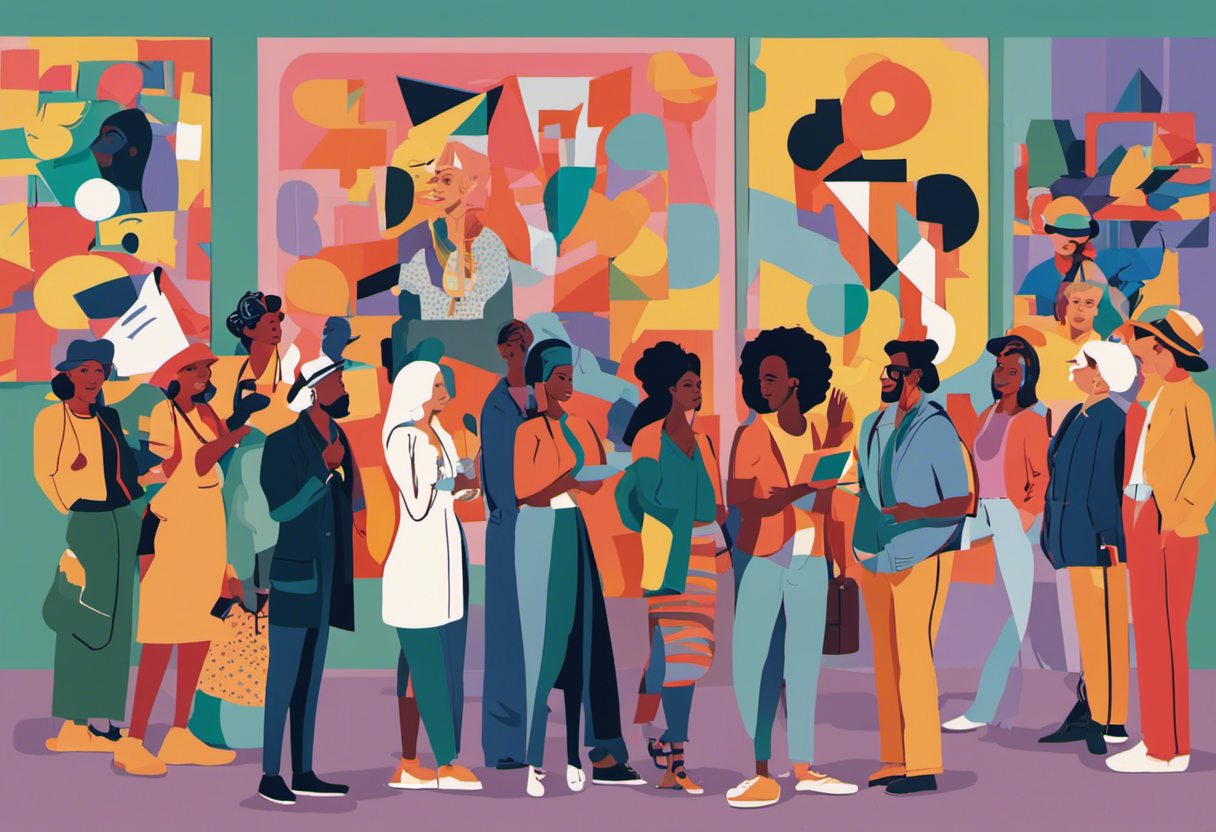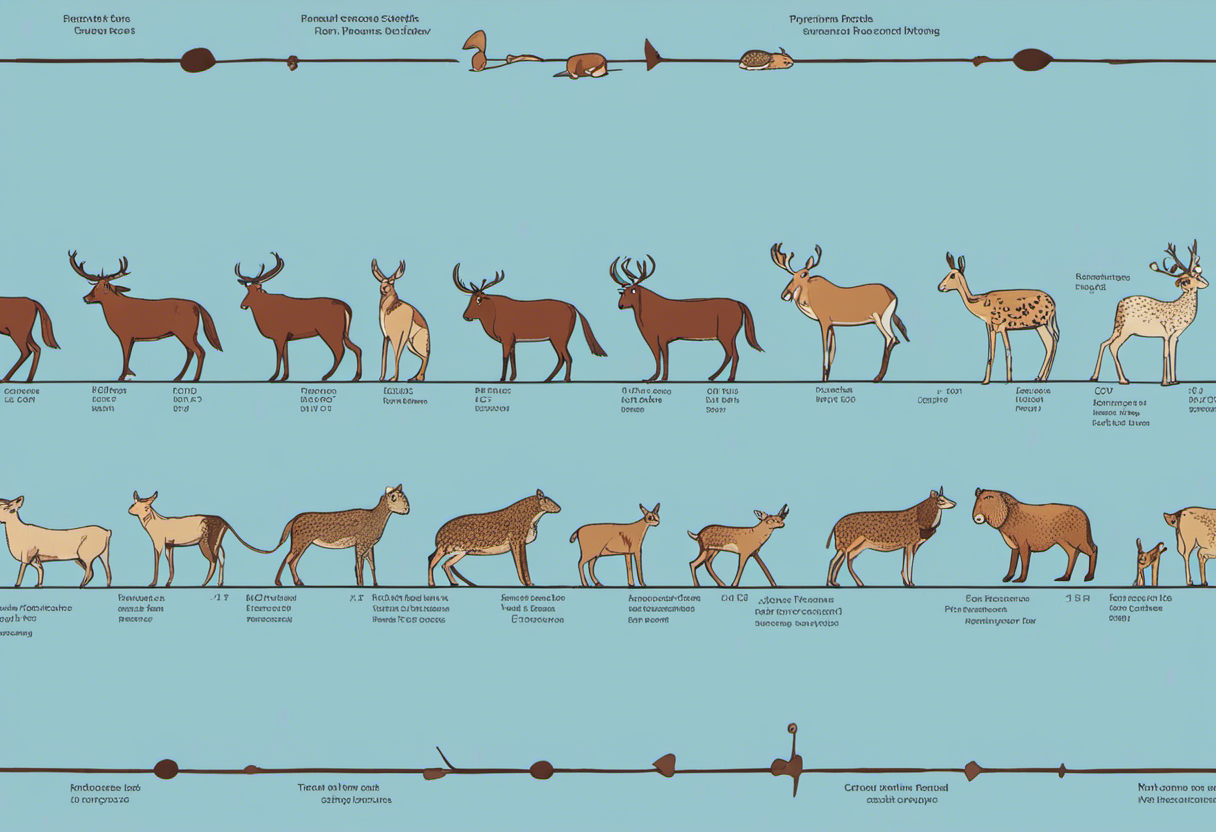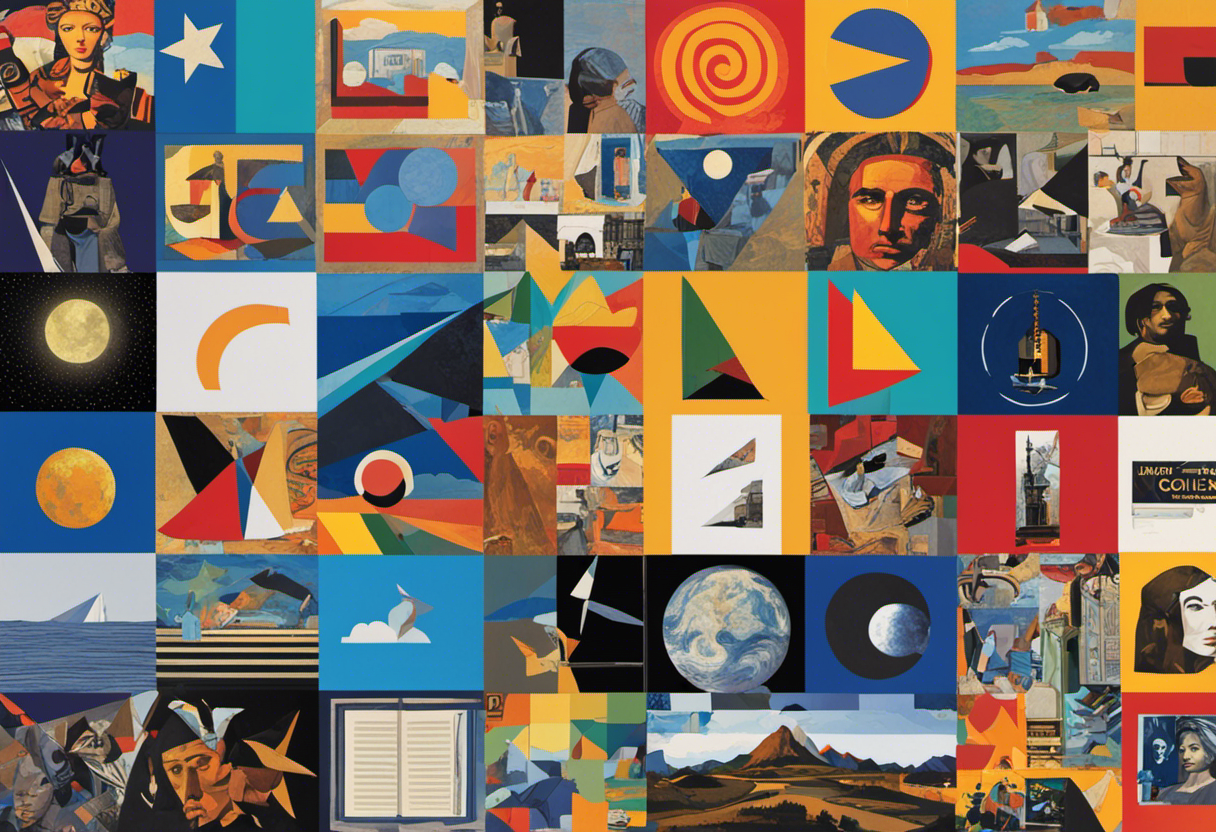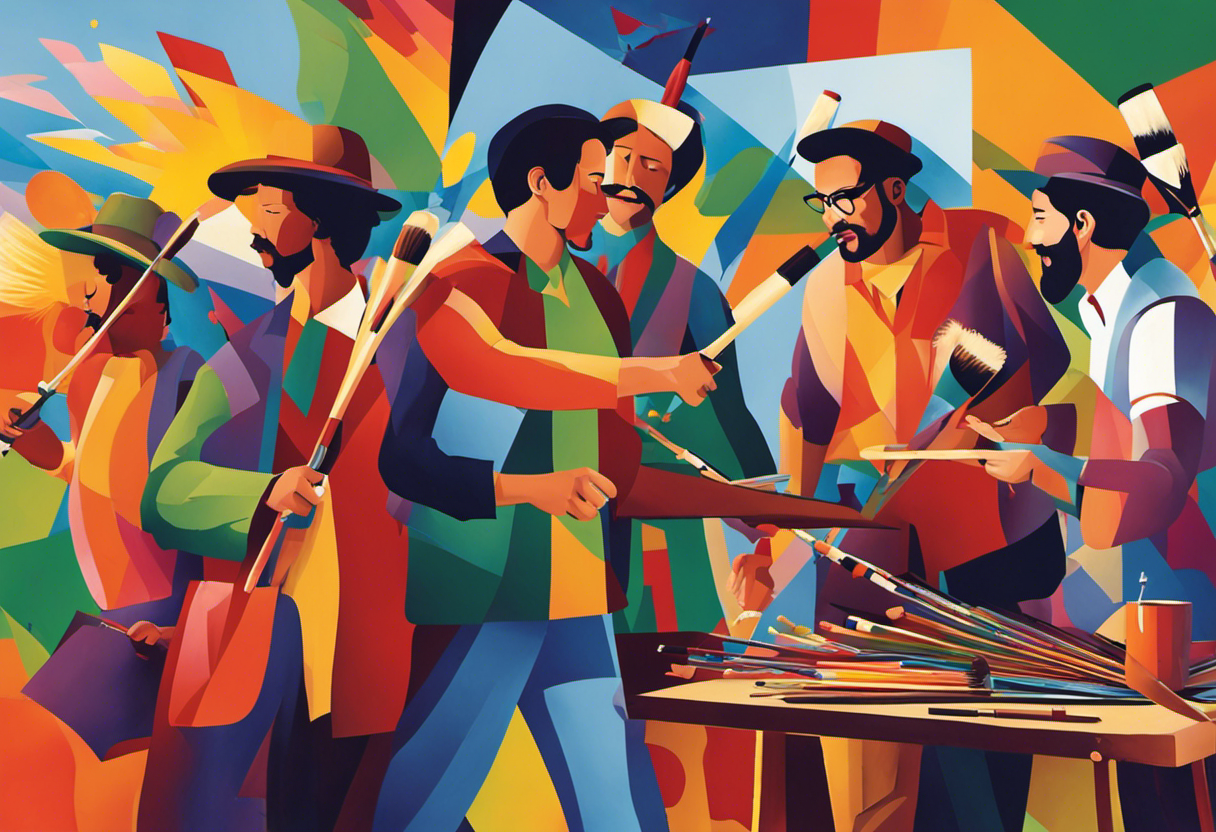Introduction
Art has been a fundamental mode of human expression since the dawn of civilization. Over the centuries, artists have developed distinct styles and techniques that reflect their cultural, social, and political contexts. These styles and techniques often come together under the umbrella of an “art movement.” In this article, we will explore the concept of art movements, their origins, characteristics, influential movements throughout history, and their impact on the art world.
What Does Art Movement Mean

An art movement is a collective term used to describe a group of artists who share a common artistic vision, ideology, or style. These artists come together to explore new artistic possibilities and challenge traditional norms. Art movements provide a framework for artists to collaborate, exchange ideas, and inspire each other.
Art movements are not limited to a specific time period or geographic location. They can emerge in response to social, political, or cultural events, or as a result of new artistic techniques or philosophies. Each art movement is unique and contributes to the rich tapestry of art history.
The Origins of Art Movements

The concept of art movements can be traced back to the Renaissance period in Europe. During this era, artists began to break away from the strict religious themes prevalent in medieval art and focus on humanistic and secular subjects. This shift created a foundation for the emergence of art movements in the future.
The Renaissance witnessed the unveiling of the beauty of art through the works of visionaries such as Leonardo da Vinci and Michelangelo, who revolutionized painting and sculpture. Their innovative techniques and masterful creations set the stage for future artists to explore and experiment.
Characteristics of Art Movements

Art movements are characterized by distinct features that set them apart from other styles or forms of art. These characteristics often reflect the core values and ideals of the movement, as well as the socio-cultural context in which it emerged. Some common characteristics of art movements include:
- Style: Art movements often have a unique visual style that distinguishes them from other artistic styles. Whether it is the precise and realistic paintings of the Renaissance or the bold and vibrant colors of the Pop Art movement, the style of an art movement becomes a defining element.
- Ideology: Art movements are often driven by a specific set of beliefs or ideologies. These ideologies can range from political statements to philosophical musings. Artists within a movement share a common vision and employ their art as a means of communicating their ideas.
- Innovation: Art movements are often associated with a desire to break free from traditional artistic conventions. Artists within a movement are not afraid to experiment with new techniques, materials, or subject matters. They strive to push the boundaries of what is considered “acceptable” in the art world.
- Community: Art movements foster a sense of community among artists. They provide a platform for artists to connect, collaborate, and support each other’s work. This sense of belonging allows for the exchange of ideas and the collective growth of the movement.
Influential Art Movements Throughout History

Throughout history, numerous art movements have made a significant impact on the art world and beyond. Let’s explore some of the most influential art movements:
- The Renaissance: The Renaissance was a pivotal art movement that emerged in 14th century Italy. It celebrated the beauty of the human form, perspective, and realism, placing an emphasis on portraying the natural world accurately. This movement laid the foundation for many of the artistic principles that we still adhere to today.
- Pop Art: The impact of Pop Art on modern culture cannot be overstated. Emerging in the 1950s and 1960s, Pop Art challenged traditional notions of what is considered “fine art.” Artists like Andy Warhol and Roy Lichtenstein embraced popular culture, mass media, and consumerism as subject matter. Their bold and iconic imagery, often incorporating everyday objects or celebrities, became synonymous with the movement.
unveiling-the-beauty-of-renaissance-art-a-journey-through-leonardo-da-vincis-and-michelangelos-work
- Cubism: Cubism was a revolutionary art movement that emerged in the early 20th century. Led by artists Pablo Picasso and Georges Braque, Cubism challenged traditional notions of representation by breaking down objects into geometric shapes and multiple perspectives. This movement redefined how art could depict reality and set the stage for future abstract and non-representational art forms.
the-evolution-of-cubism-how-picasso-redefined-art-with-geometric-shapes
Impact and Legacy of Art Movements

Art movements have had a profound impact on the art world and society as a whole. They have challenged established norms, inspired new forms of expression, and influenced generations of artists. Their legacy can be seen in the art that followed and in the way we perceive and appreciate art today.
Art movements have also influenced various aspects of popular culture, including fashion, design, and advertising. The iconic imagery of movements like Pop Art continues to resonate in contemporary culture, showcasing the enduring impact of these artistic revolutions.
In conclusion, art movements play a crucial role in the evolution and development of art over time. They are a testament to the power of artistic expression, innovation, and collaboration. By understanding the origins, characteristics, influential movements throughout history, and their impact, we can gain a deeper appreciation for the diverse and dynamic world of art.
